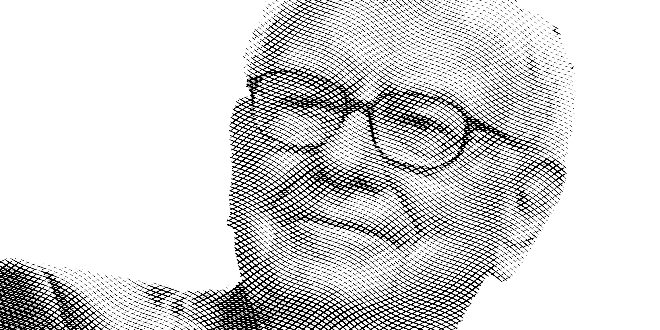How late is it in the cycle?
Our updated quantitative models indicate that the probability of a U.S. recession over the next 12 months has risen to about 30% recently and is thus higher than at any point in this nine-year-old expansion. Even so, the models are flashing orange rather than red. A more qualitative analysis corroborates the quant models: We currently do not see signs of overheating in labor or goods markets that have heralded some recessions in the past, nor the overspending or credit excesses that have preceded others. Importantly, however, the current market environment makes amply clear that it doesn’t take a recession for turmoil to roil financial markets.
Have we reached the end of U.S. economic exceptionalism?
Next year, we expect the growth gap between the U.S. and the rest of the developed world to narrow. Over the past year, the U.S. had a large fiscal boost that accelerated growth while the world was slowing, a central bank that confidently raised rates every quarter, a stock market that outperformed most others, and a dollar that appreciated despite the president’s protestations. Looking ahead, we see U.S. growth “synching lower” as tighter financial conditions start to bite, fiscal stimulus fades and the recent plunge in oil prices benefits Europe, Japan and China more than the U.S., which has become a net energy exporter.
Will inflation ever return?
We lowered our sights on inflation in 2019 due to the recent plunge in oil prices and continued sogginess in core inflation in the U.S., Europe and Japan. Our baseline sees core inflation broadly flat or slightly higher in these three regions and thus still running below target. It is certainly possible that wages start to accelerate more in response to declining unemployment, leading to a bend in the Phillips curve that describes the relationship between unemployment and wages. However, we concluded that rising productivity growth would likely moderate unit labor cost pressures, and heightened competition and transparency in goods markets due to the Amazon effect would likely keep consumer price inflation subdued.
The Fed pauses, then what?
If and when the Federal Reserve pauses its policy rate hikes in 2019, will this be followed by a resumption of rate hikes, or will the next move after a shorter or longer pause be down in rates? We reckoned it would be difficult to communicate a pause without markets jumping to the conclusion that this is the end of the rate cycle and the next move will be down. As Ben Bernanke reminded us, his attempt to signal a pause in the previous rate cycle led to significant volatility. With the probability of recession likely to rise over time, a resumption of rate hikes after a pause seems relatively unlikely.
U.S. versus China: Truce or peace?
The conflict between the U.S. and China is likely more deep-rooted and about much more than trade alone, and thus could continue to be a source of uncertainty and volatility even if there were a deal on trade.
These trends support our relatively cautious positioning and intense focus on liquid assets, which will allow us to respond either to specific opportunities or generic spread widening and higher volatility.
Read PIMCO’s latest Cyclical Outlook, “Synching Lower,” for further insights into the 2019 outlook for the global economy along with takeaways for investors.
Joachim Fels is PIMCO’s global economic advisor and a regular contributor to the PIMCO Blog.














